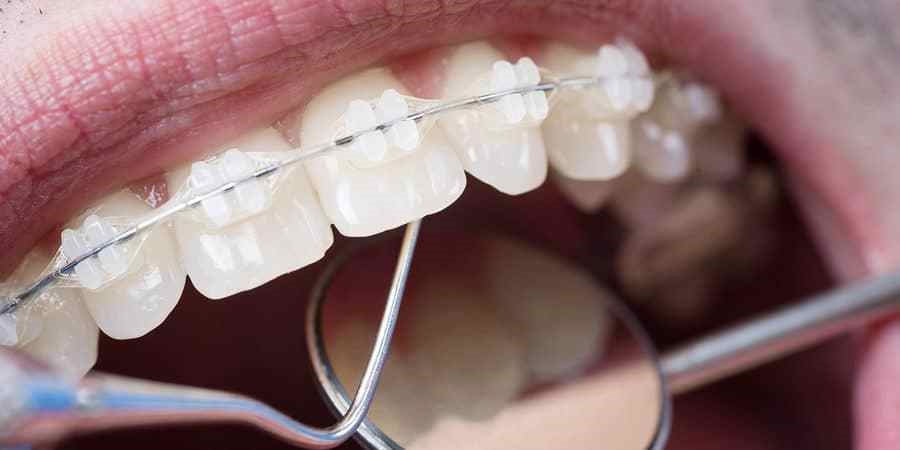Nowadays people are very concerned about the appearance of their teeth. They always verify that they are white and perfectly aligned. This leads them to make consultations with the orthodontist, and want to know the differences between ceramic and sapphire brackets.

Differences between ceramic and sapphire brackets
In their early stages, braces were a quite notorious procedure that provided very little aesthetic element. But today there are some that could go unnoticed. Ceramic and sapphire are two such options. Both types of brackets are excellent options to carry out an orthodontic treatment without neglecting the aesthetics of your mouth. They can be used by both teenagers and adults. But they are much more requested by young people, since they usually care much more about their image. Although sometimes ceramic brackets tend to represent a more lasting process than sapphire, this is because they exert less force on the teeth. You will notice that both types are very similar, but they have particular characteristics that make them very requested by patients. Next, we describe each of these differences between ceramic and sapphire brackets.
Ceramic brackets
- Ceramic braces were the first to offer a much more discreet shape and color than conventional ones. So, they revolutionized the world of orthodontics.
- These are made with materials very similar to porcelain.
- Ceramic brackets have a lower resistance to metal brackets, so some people consider them a bit fragile.
- This type of brackets has very little adhesion. That’s why we recommend you to be careful with the consumption of hard, crunchy and sticky foods.
- They are an opaque whitish tone so they are not noticeable when you smile. But due to their light color they can become pigmented very easily. That is why you must be careful with your hygiene.
- They are not recommended for patients with habits such as cigarettes, coffee or red wine. These elements make the pieces of the device turn yellowish.
- This orthodontic treatment is a bit more expensive than metal brackets.
- Thanks to its small size they do not generate any type of discomfort in the gums, the inner part of the lip or the cheeks.
Sapphire Braces
- Sapphire braces are exactly the same as metal braces. The only variation that exists is its ability to camouflage itself with the natural color of your teeth.
- They are made of sapphire crystal or synthetic sapphire. A material with the same chemical composition of sapphire.
- They are completely transparent, so they are able to adopt the color of the natural tooth. You can show your smile and these pieces will be very little visible.
- They have a very good resistance, close to that of metallic ones. So, it is quite unlikely that they will deform, break or scratch throughout the process.
- Unlike ceramic brackets, sapphire retain their color over time. They do not pigment despite the consumption of coffee, cigarettes, red wine or other elements.
- Their adhesion is better than those of the ceramics thanks to a zirconium powder mesh that they possess. Although you must also be careful.
- The cost of this type of brackets is higher than that of metal and ceramic.
- These are especially recommended for people who do not have very white teeth. Since if the ceramic ones are placed, they could stand out too much on their teeth due to the pigmentation of these.
- They do not cause discomfort in the cheeks, nor in the gums.
- They have a fairly small size.




